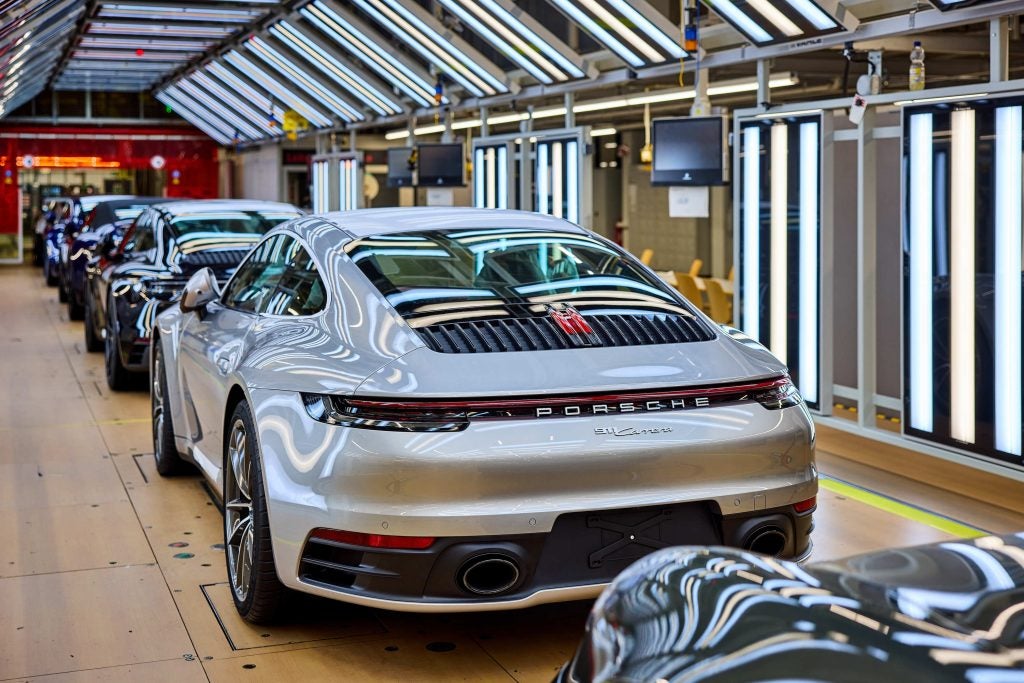While the Porsche 911 offers direct cooling, new 718 models with turbo engines will feature indirect charge-air cooling with an integrated water circuit – a high-tech refrigerator for the combustion air.
Porsche shifted the majority of its 911 models to turbo engines last year. Now the 718 Boxster and 718 Cayman are set to follow. The goal, greater power and torque combined with lower fuel consumption.
Each of these turbo sports cars features a charge-air cooling system, which uses cool air in the combustion chambers to provide more thrust and efficiency.
Engine efficiency can be further improved by cooling the hot charge air; as soon as the temperature decreases, the air density increases, and with it the volume of the air in the cylinders. The result: more power. So, as far back as 1977, Porsche incorporated charge-air cooling into the 911 Turbo model.
718s have two cooling circuits
See Also:
However, the 911 uses a rear engine, whereas the 718 Boxster and 718 Cayman feature a mid-mounted engine and therefore sport a very different design. Without wider or larger air-intake openings, it would be impossible to include direct charge-air cooling in the 718s. And installing new cooling air-intakes was off the table for fear of sacrificing the design of the 718 models. The solution: indirect charge-air cooling.
How well do you really know your competitors?
Access the most comprehensive Company Profiles on the market, powered by GlobalData. Save hours of research. Gain competitive edge.

Thank you!
Your download email will arrive shortly
Not ready to buy yet? Download a free sample
We are confident about the unique quality of our Company Profiles. However, we want you to make the most beneficial decision for your business, so we offer a free sample that you can download by submitting the below form
By GlobalDataBy using water as an additional coolant, there is no need to tamper with the exterior body. The 718s are thus equipped with two cooling circuits: a conventional high-temperature circuit for the engine and a new low-temperature circuit for the charge-air cooling.
Indirect charge-air cooling works by sucking in the combustion air which is filtered through the air-intake opening on the left side of the car’s body. From there it flows into the turbocharger, where it is compressed and reaches temperatures of up to 335 degrees F. This is where the cooling comes in: the hot air is fed into the integrated charge-air cooler on top of the engine and cooled by plate fins, transferring the heat to the water of the low-temperature circuit. The heated cooling water is then routed into two laterally positioned low-temperature radiators and put “on ice” to be reused in the cooling circuit. Meanwhile, the combustion air – now at the perfect temperature – flows through the throttle valve into the combustion chamber.





